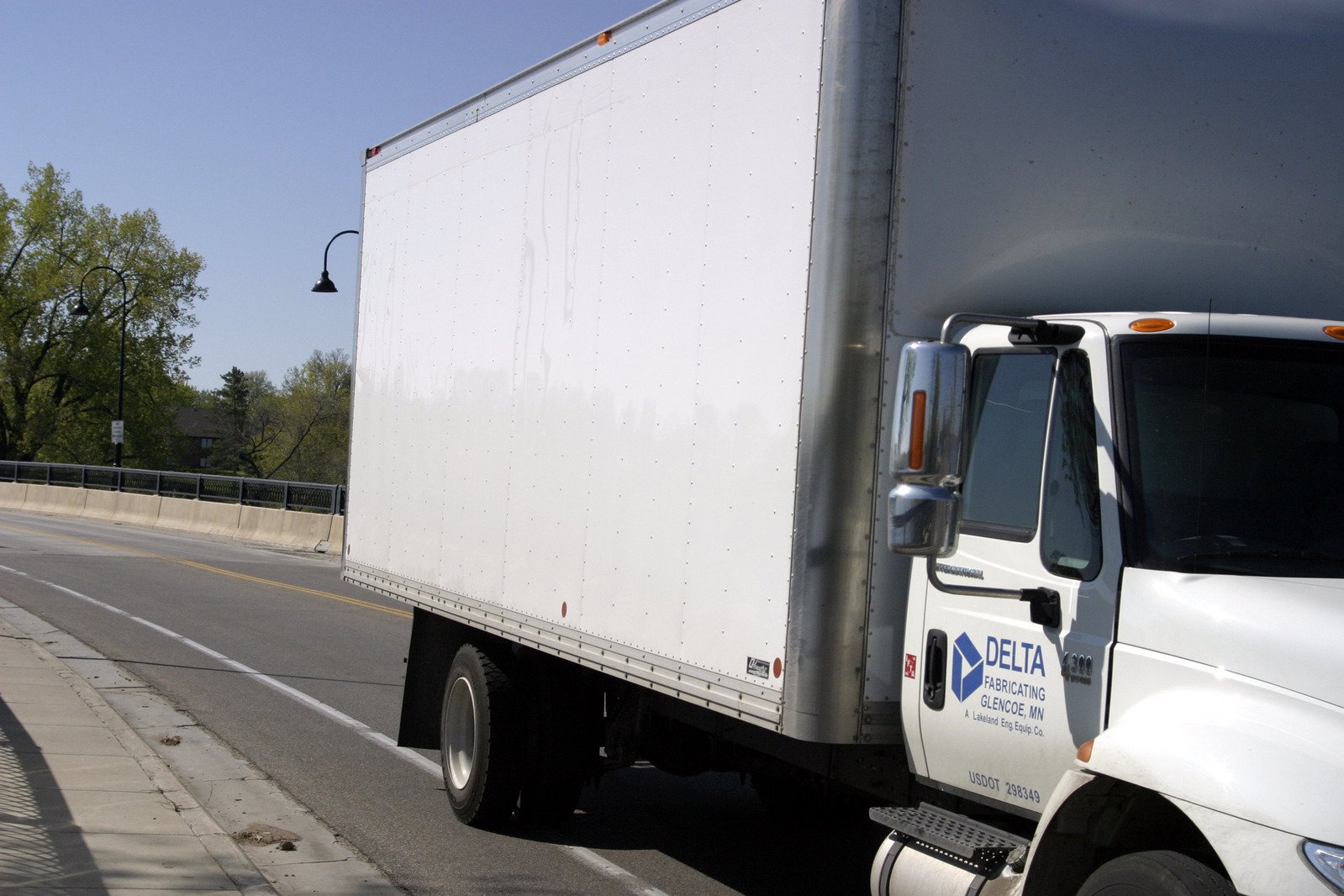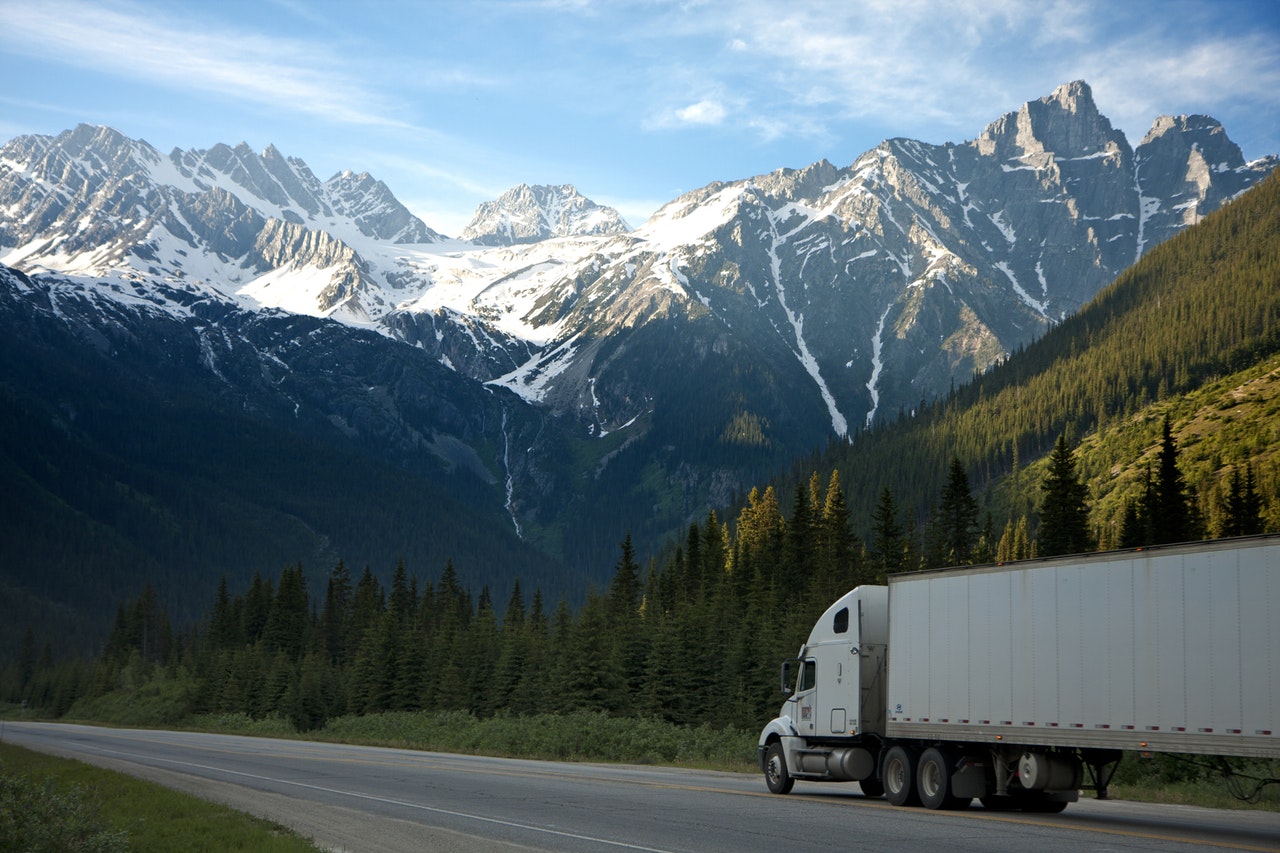If you don’t know what movers can’t (or won’t) take care of for you when…
How to Move Across the Country Without Spending a Fortune
A cross-country move can destroy a person’s savings and create debt. People who spend too much money often do so because they didn’t plan well enough from the start. Even if you don’t have a lot of preparation time, you can do everything you need to have a successful move without ruining your financial future. Keep this basic moving plan from movers in Chicago in mind when preparing for your next move:
1. Downsize as Much as Possible
The amount of money you spend transporting your stuff during a move directly relates to how much property you own. You lose money when you take time off from work to pack everything. When you have to move a lot of items, you also spend more money on fuel and other transportation costs, especially if you have to make several trips. Sell, donate or toss anything that you no longer use or can easily replace. To make some money while downsizing, sell the items offline in a yard or garage sale and via local classified ad websites like Craigslist and social media and yard sale groups like those found on Facebook.

2. Search for Free Packing Materials
People often give away old packing materials, such as bubble wrap, peanuts, and boxes, after they’ve finished moving into a new home or office. You can find listings for these free items through local classified ad websites, social media groups, and bartering sites. You can also find them through recycle and upcycle exchange sites like Freecycle. Additionally, post In Search Of or ISO ads on these sites to alert people in your neighborhood and surrounding areas that you’re looking for packing materials. Even if you can’t find any for free, you’re more likely to find articles that cost less than new products.
Don’t forget to also check grocery, big box, and dollar stores. These retailers usually give customers free boxes from their shipments upon request. Also, you don’t have to use professional packing materials. Newspapers, sheets and clothing work in a pinch to protect fragile items in boxes. Trash cans, bins, and baskets can reduce the number of boxes that you need.
3. Compare and Plan
Once you know exactly how much property you have to move after downsizing, compare the prices of various transportation services and create a more-detailed moving plan and budget. A move costs more during certain times of the day, month and year. Typically, you can expect to pay more for gasoline, tolls, mass transit, hotels, food and emergency services, such as tows, vehicle repairs and urgent care and ER visits, during holidays, rush hour and on weekends. Since a lot of businesses try to make as much money as possible at the end of a month or quarter, you can also expect to pay more during those times. If you’re driving across the country, you can save a lot of money by bringing food and beverages in coolers and totes and sleeping in your vehicle or a tent.
Movers can save you the most time and hassle during packing and unpacking. You can even pick a more convenient and faster travel option like a plane or train and then meet up with them. That said, their services usually cost more than hiring a company to provide you with a shipping container or pod that you fill, and the company then moves to the location. You can save the most money by renting a moving truck, van or trailer or using your vehicle with or without help from family and friends. Also, borrow, buy or rent a small, folding portable dolly. Many people injure themselves trying to lug bulky items during a move and then spend a fortune on medical bills.

Lastly, it’s critical that you stick to your budget and moving plan at all times. Deviations and overspending can cause a lot of unnecessary debt. The key to preventing extra costs is to add a minimum of $500 to your budget and carry a credit card with you as buffers to help you handle unexpected expenses that can pop up during a move from things you might not have considered and emergencies.
Common Mistakes People Make When Planning a Cross-Country Move
A cross-country move will be one of the most challenging chapters in your life. To make sure your cross country moving is successful, you’ll need to do a great deal of planning and preparing.
The Long Move Ahead
Moving cross-country takes relocating to another level. When you move to the other side of the country, you’ll need to save money and time as you prepare to make the trip. If you’re preparing for a cross-country move, read the following four most common mistakes will keep you from doing the same during your move.

1. Wait to Plan Your Move
A cross-country move takes months of planning in advance. Planning should begin the moment you learn that you will be moving. While you may feel like you have ample time to get ready, the days will quickly pass by until moving day finally arrives.
Instead of waiting until the last minute and rushing around when it’s actually time to move, start now. Put a schedule together that helps you focus your moving efforts on a daily basis. Ideally, you’ll be able to read everything well in advance before it’s actually time to load your things onto the moving van.
2. Not Planning to Set Up Your Utilities
While you should be focused on wrapping up everything at your old home, you still need to a lot sometimes to preparing your new home. Too often, people arrive at their new place after moving cross-country to realize they forgot to set up the utilities. While you can get your utilities set up fairly easily, it can be a hassle to deal with if you have just endured a stressful move.
3. Putting off Packing and Purging
Going through the pre-moving process of packing and purchasing is tedious, but it must be done. This process always takes longer than you think, so don’t wait too long to begin. Waiting until the night before a move to assemble your belongings is a guaranteed way to send your stress levels through the roof. Instead of putting it off, come up with a strategy for packing that will allow you to move at your own pace.
4. Not Labeling Your Boxes
Failing to properly label your boxes will make unpacking a nightmare. As you begin packing, be sure you have a clear method for sorting and labeling your belongings. There’s nothing worse than getting to your new home and having to stare at and go through 20 unidentified boxes. Having clear labels on the front of every box will take the guesswork out of unpacking.

As you prepare for your upcoming cross-country move, take the time now to make sure you do everything you can to make the experience as stress-less as possible. Use these four moving mistakes as a what-not-to-do guide when it comes time to start packing. With the right mindset and moving practices, this cross-country trip will be as painless as possible.
What You Need to Budget for When Planning a Long Distance Move
Budgeting for a long-distance move takes some serious planning. From calculating the cost of movers to factoring in all of the minor details like packing equipment, rental cars, and more, it can be hard to know where to start your budget.
How to Budget for Your Move
The best way to ensure a smoother move is to plan for every aspect of your relocation. To do this, you’ll want to start by coming up with a working budget that covers every potential cost. Read on for some ideas from Cheap St. Louis Movers (www.cheapstlouismovers.com) on what costs to include in your moving budget.

1. Truck Rental
Renting a truck can be one of the more costly aspects of moving. When moving long-distance, you’ll likely be making the trip one-way with the truck. Though you are going in one direction, you’ll likely have to pay by the mile as well as for gas.
Be sure to include the price of renting a truck in your moving budget. The price will vary depending on the amount of space you need, how many boxes you have, as well as what company you use. Additionally, if you plan to have someone else drive the truck, this may be another factor when determining the total cost.
2. Moving Equipment
While moving equipment like cardboard boxes are a given, many people don’t factor in their cost into their moving budget. Each roll of packing tape and bubble wrap begins to add up and can be a significant dent in your wallet if not properly planned for. Before purchasing moving equipment, be sure to do your research online for the best prices. Similarly, consider buying in bulk, as it will reduce the cost.
3. Hidden Costs
When going into a long-distance move, there are always hidden costs that homeowners and renters often don’t realize before it’s too late. These costs include lodging during the move, food throughout your move, road tolls and taxes, as well as any additional professional help that you may need.
Failing to include these items in your budget will add stress to your move. Don’t think that you can skate by with the bare minimum when it comes to handling the fine details of moving. Do yourself a favor by letting an ample amount of your budget to all of the hidden costs involved in moving.
4. Lost Time
Time is a precious commodity, especially when you’re moving. As you prepare for your move, be sure to budget your time as well as your money. Never underestimate how long it will take you to pack up and prepare, as well as actually making the long distance move.
Be sure to make the most of the time you do have and avoid wasting any more. Consider asking family and friends to help with some of the more tedious tasks to make your move as efficient as possible.

A long-distance move will cost you. Be sure to break down all of the expenses into an accurate budget that will work for you. Use this guide to help you make sure all your bases are covered.
How to Prep and Pack Your Vehicle for an Out-of-State Move
When moving out-of-state, it is likely you have a checklist for the moving company, your…





